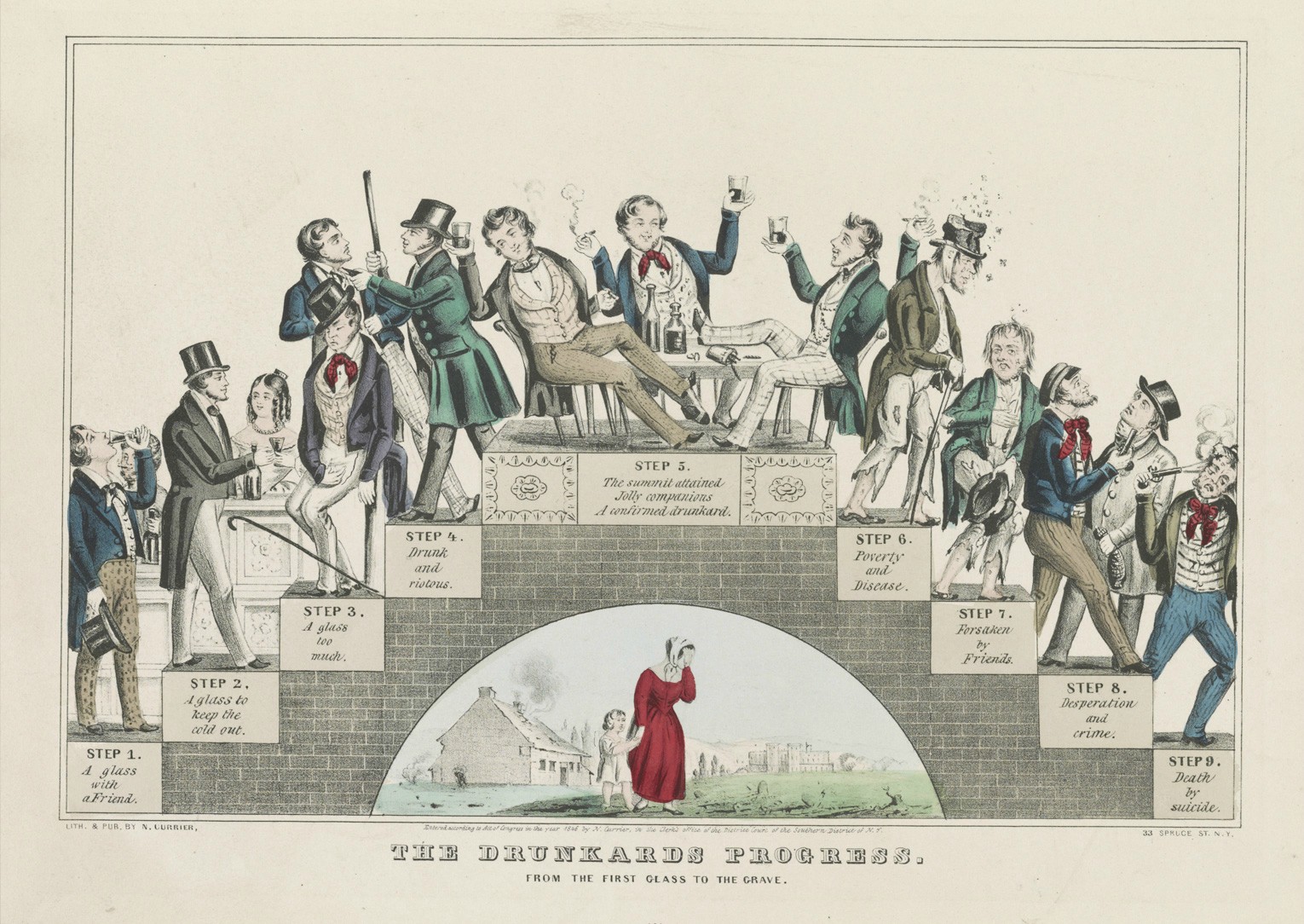
Temperance movement in the United States
In the United States, the temperance movement, which sought to curb the consumption of alcohol, had a large influence on American politics and American society in the nineteenth and twentieth centuries, culminating in the prohibition of alcohol, through the Eighteenth Amendment to the United States Constitution, from 1920 to 1933. Today, there are organizations that continue to promote the cause of temperance.[1]
See also: Prohibition in the United States and List of dry statesModern temperance: Post–World War II[edit]
Harvard Medical School professors Jack Harold Mendelson and Nancy K Mello write, with regard to temperance sentiment in contemporary America, that "rallying cries once structured in terms of social order, home and basic decency are now framed in terms of health promotion and disease prevention."[20] Original temperance organizations such as the Woman's Christian Temperance Union and International Organization of Good Templars continue their work today, while new "temperance enterprises found support in a variety of institutional venues" such as the Marin Institute for the Prevention of Alcohol and Other Drug Problems and Center for Science in the Public Interest.[1][21] These temperance organizations focus their efforts on "promoting increased taxation, reducing alcohol advertising, and monitoring of the beverage industry", as well as the supporting of Sunday blue laws, which prohibit the sale of alcohol on Sundays.[1][22]